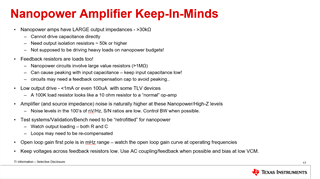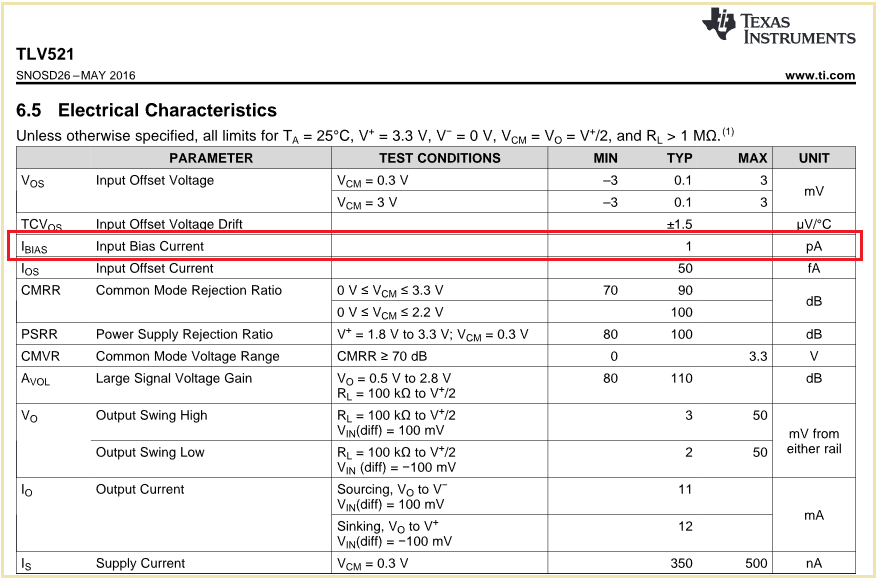Other Parts Discussed in Thread: TINA-TI, LPV521, OPA2991
Dear Sir/Madam
In section 8.1.1 of the datasheet it discusses driving capacitive loads. There is Table 1 that states in unity gain configuration a 50pF load requires a 154k isolation resistor (Riso). However a 10nF capacitor requires a much smaller Riso of 13.3k? This makes no sense, why would a larger capacitor need a smaller series isolation resistor. Is there a block diagram or tutorial somewhere on these micropower op amps as they seem to have peculiar behaviour?
Br
Edward















